- Turbochargers are very reliable: less than 0.5% of turbos fail due to any fault within the turbo itself.
- Almost ALL turbo failures are because of problems with oil contamination, oil starvation, foreign object impact damage or oil leakage due to excessively restricted air intake/ exhaust system.
Before installing a new turbo, always determine and correct the issue which caused the original turbo to fail, or the replacement turbo will almost certainly fail for the same reason.
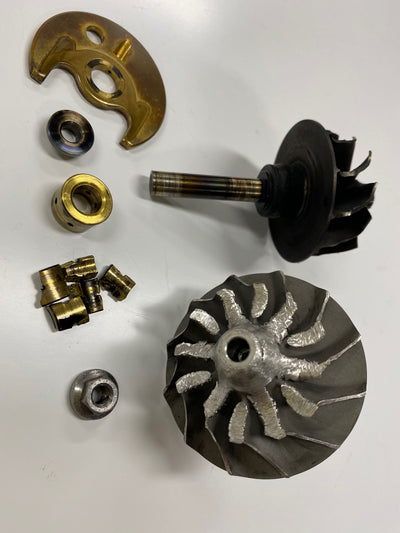
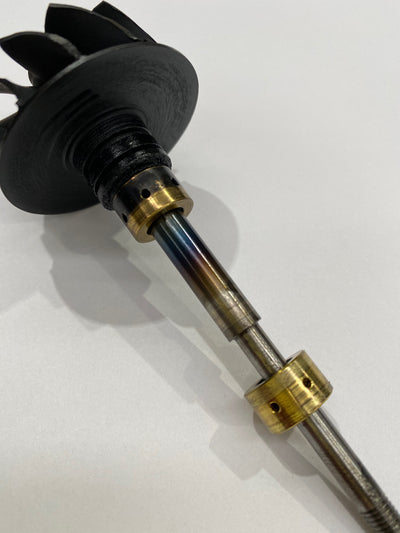
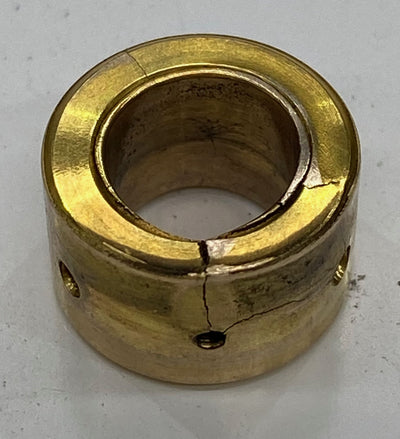

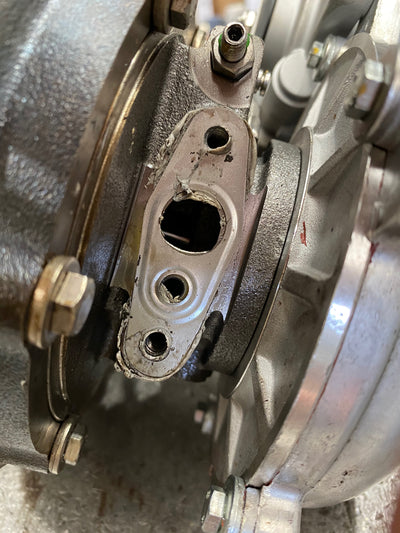
Why does oil starvation damage turbos?
A Turbocharger’s turbine and compressor wheels are operating at anywhere between 150,000 and 250,000 RPM, depending upon the specific turbo model.
In addition, the turbine end of the turbocharger can be operating at temperatures approaching 1000 degrees Celsius.
This requires an entirely different design of shaft support “bearing”, to that of the engine crankshaft, itself.
In fact, the turbocharger’s “bearing” is not really a bearing in the classic automotive sense of the word, at all.
In order to cope with the RPM and temperatures involved, the turbocharger shaft employs a bronze bush, which fully floats, on a hydrostatic oil film, on both its internal, (bush to shaft) and external (bush to bearing housing) surfaces. By design, the turbocharger shaft should not physically touch any other component, given its hydrostatic oil film support.
Running a turbo without oil for five seconds is as harmful to its shaft support bush as running the engine at full load for five minutes would be to the crankshaft bearings. (Typical turbo dry start scenario).
The above situation is the reason the turbocharger’s shaft support bush will fail as a consequence of oil starvation, long before the engine’s main crankshaft bearings.
What are the usual causes of engine oil Turbo starvation?
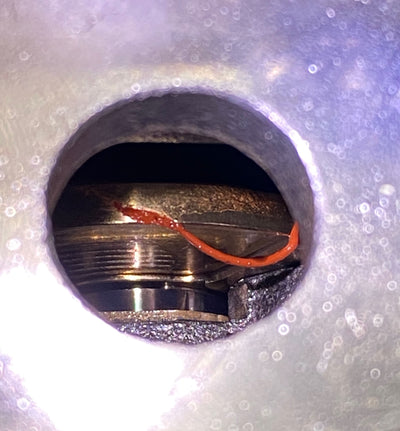


- High carbon build-up inside the internal surface of the oil supply line from engine to turbocharger.
- Bent or kinked oil supply line from engine to turbocharger.
- Failure to prime the replacement turbo with oil, prior to initial engine start.
- Failure to prime the oil supply line between the engine and turbo.
- Blockage caused by using silicone sealer on the oil inlet tube flange.
- Blocked, damaged or poor-quality oil filter
- Low engine oil level in the sump
Recommended steps for the prevention of oil starvation.
- Replace the Oil Supply Line to the turbocharger, as a used component, it is essentially impossible to effectively clean. Normally the oil supply lines are 3-4 mm ID and the baked, carbonized oil attached to the internal line surfaces, (particularly around any bends), cannot be 100% successfully removed by any normal cleaning process.
- Prime the new, replacement turbo and oil supply line with oil from the syringe supplied, before starting the engine for the first time.
- Never use silicone sealer on the oil inlet tube flange.
- Check engine oil pressure with a quality gauge and measure oil flow through the oil supply line, prior to the installation of the turbocharger. (A diesel engine will happily run under no load conditions without the turbo charger installed)
Minimum oil flow at 45PSI (fast idle) should be 2.0 Litres per minute.
Or, a 500 CC drink container in 15 seconds, which is a commonly accepted test method.
For more information go to www.cateran.com.au or call the Cateran Technical Hotline on 1300 176 071
Download a printable version of this article here



